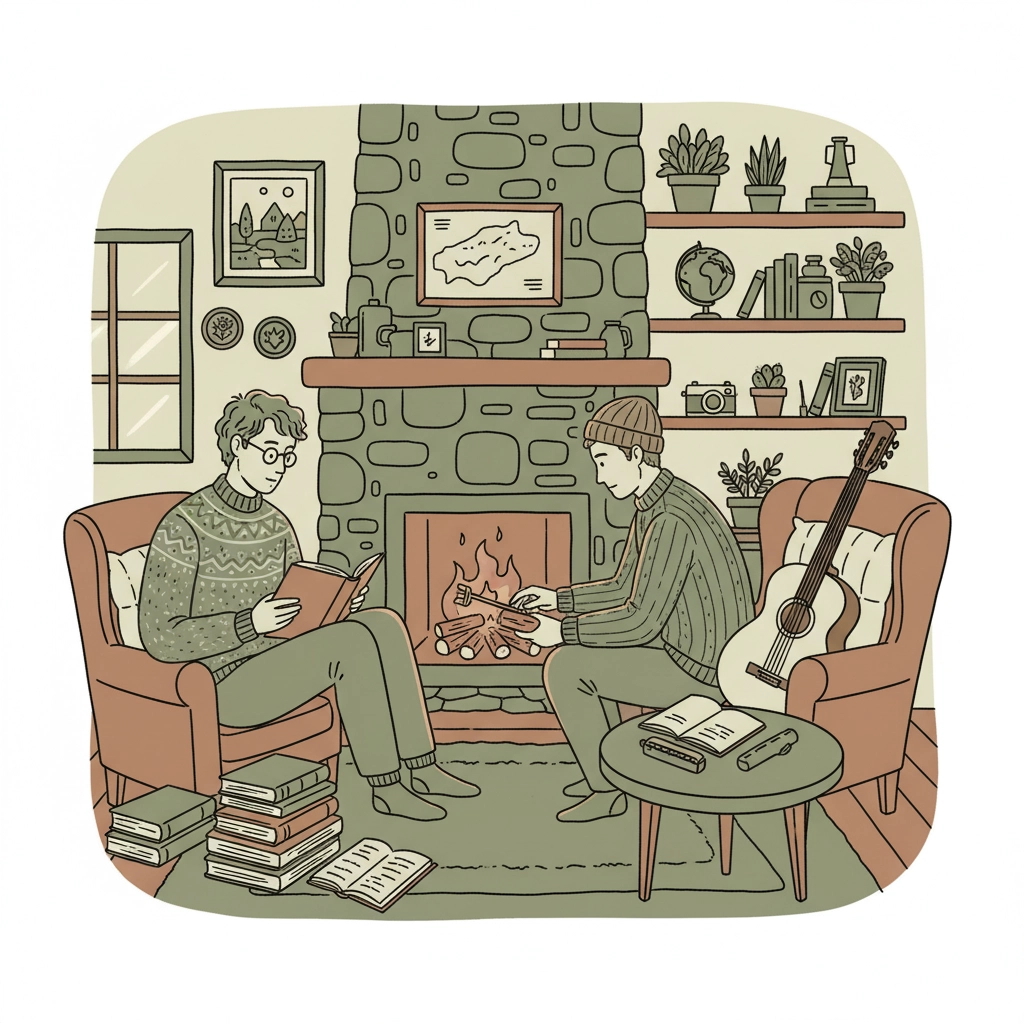SAVE 15% ON ALL MM ROMANCE TITLES - Use code AUTHENTIC15 at checkout. Limited time offer on authentic LGBTQ+ fiction that gets character development right.
Writing compelling LGBTQ+ characters requires precision and authenticity. Most writers fail because they make these seven critical mistakes. Fix them now to create characters readers actually connect with.
MISTAKE #1: Making Sexual Identity Their Only Personality Trait
THE PROBLEM: Your gay character exists solely to be gay. Every dialogue line, every scene, every character moment revolves around their sexuality.
THE FIX: Create complete humans first. In The Forty-Three Hours of You, the protagonist experiences profound vulnerability, sensory immersion, and transformative connection that extends far beyond sexual identity. He tastes spiced wine, feels sauna heat, processes complex emotions about solitude and connection. His queerness informs but doesn't define every moment.
ACTION ITEM: List five non-sexuality-related traits for each LGBTQ+ character. Career ambitions, fears, hobbies, family dynamics, personal flaws.

MISTAKE #2: Relying on Outdated Stereotypes
THE PROBLEM: Your characters check stereotype boxes instead of feeling authentic. The flamboyant hairdresser. The tragic gay who dies for drama.
THE FIX: Research contemporary LGBTQ+ experiences. Real gay men are CEOs, construction workers, introverts, extroverts, complex individuals with varied interests and personalities.
PROVEN TECHNIQUE: If your character does embody traditionally associated traits, ensure they have depth beyond these characteristics. Ask whether each trait serves your story or fulfills expected clichés.
MISTAKE #3: Isolating Characters from LGBTQ+ Community
THE PROBLEM: Your LGBTQ+ characters never mention queer friends, support systems, or community connections. They exist in isolation.
THE FIX: Real queer people find each other. They form chosen families, support networks, friendships within LGBTQ+ communities.
IMPLEMENTATION: Allow characters to reference queer friends, exes, community events, even if these people don't appear directly in your story. This creates authentic representation and acknowledges the importance of chosen family.
MISTAKE #4: Avoiding Clear Identity Labels
THE PROBLEM: Your character could be interpreted as gay, straight, or bisexual without clear indication. This ambiguity erases distinct lived experiences.
THE FIX: Let characters explicitly identify themselves, even internally. If you know your character is gay, bisexual, or pansexual, allow them to claim that label in their thoughts or dialogue.
RESULTS: Clear identity representation provides better visibility and acknowledges how important self-identification is to many LGBTQ+ people.

MISTAKE #5: Using LGBTQ+ Characters as Tokens
THE PROBLEM: Adding the "gay best friend" or "camp teacher" solely to check diversity boxes. These characters serve no real narrative purpose.
THE FIX: Question why each character needs to be heterosexual. Consider whether changing a character's sexuality could enhance your story organically.
SUCCESS STRATEGY: Ensure LGBTQ+ characters have genuine narrative functions and contribute meaningfully to plot and themes.
MISTAKE #6: Focusing Only on Trauma and Coming Out
THE PROBLEM: Every LGBTQ+ storyline centers on coming out struggles, discrimination, or identity-related trauma.
THE FIX: Explore diverse story types. LGBTQ+ characters can be astronauts, detectives, adventurers whose queerness is simply part of who they are. The Forty-Three Hours of You demonstrates this perfectly - it's a story about connection, vulnerability, and transformative love that happens to feature two men, not a "gay issues" book.
EXPAND YOUR RANGE: Show positive, mundane, or exciting aspects of LGBTQ+ life beyond identity-related struggles.
MISTAKE #7: Inadequate Research and Poor Terminology
THE PROBLEM: Using outdated language or misunderstanding LGBTQ+ concepts. Your work feels dated or alienates readers.
THE FIX: Invest time learning current terminology and concepts. Engage with contemporary LGBTQ+ voices. Read recent works by queer authors.
STAY CURRENT: Language and understanding evolve rapidly. Some younger people reject traditional labels entirely, viewing them as outdated.

TRANSFORM YOUR WRITING TODAY
These mistakes kill authentic representation and alienate readers who crave genuine LGBTQ+ characters. Fix them systematically to create compelling, authentic characters readers connect with emotionally.
SPECIAL OFFER: Get The Forty-Three Hours of You for authentic MM romance inspiration. See how character-driven writing, sensory immersion, and emotional vulnerability create transformative connection. Available now with 15% off using code AUTHENTIC15.
The difference between tokenistic representation and authentic characterization determines whether your LGBTQ+ characters feel real or performative. Focus on creating fully realized people who happen to be LGBTQ+ rather than LGBTQ+ concepts masquerading as characters.
IMMEDIATE RESULTS: Implement these fixes now to create LGBTQ+ characters with genuine depth, authentic voices, and meaningful narrative purposes that serve your story while providing respectful representation.
Links:
- Home: https://dickfergusonwriter.com
- Amazon Shop: https://www.amazon.co.uk/stores/author/B0DRZ1L5MW
Hashtags: #LGBTQCharacters #MMRomance #AuthenticRepresentation #WritingTips #CharacterDevelopment #QueerFiction #WritingAdvice


0 comments